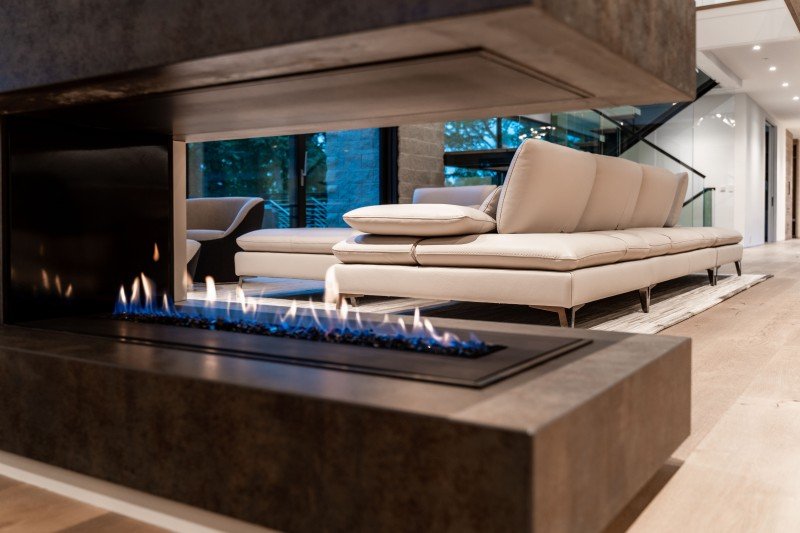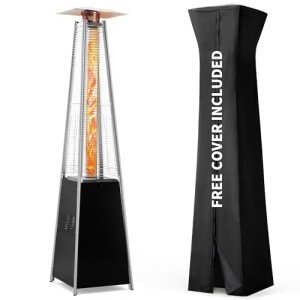
Fireplace
FollowOverview
-
Founded Date May 24, 1983
-
Sectors Consumer Goods
Company Description
See What Fireplaces And Stoves Tricks The Celebs Are Making Use Of
The Comprehensive Guide to Fireplaces and Stoves
Fireplaces and stoves have been integral to human civilization for centuries, working as a source of heat, light, and convenience. These appliances are available in various kinds and have actually developed over the years, accommodating varied choices and technological developments. This article supplies a useful introduction of fireplaces and stoves, highlighting their types, advantages, maintenance ideas, and setup factors to consider.
Types of Fireplaces
The world of fireplaces is rich and varied. Here are the most typical types:

-
Wood-Burning Fireplaces:
- Traditional and lovely.
- Requires experienced wood and routine maintenance.
- Produces an enjoyable fragrance and crackling sound.
-
Gas Fireplaces:
- Offer benefit and ease of usage.
- Offered in vented and vent-free choices.
- More efficient and cleaner than wood-burning alternatives.
-
Electric Fireplaces:
- Provide ambiance without the need for a chimney.
- Easy to use with push-button control options.
- Can be utilized as a supplementary heat source.
-
Pellet Stoves:
- Use compressed wood pellets as fuel.
- Extremely efficient and environmentally friendly.
- Frequently geared up with thermostats for temperature control.
-
Ethanol Fireplaces:
- Utilize bioethanol fuel, making them portable.
- Do not require venting, which allows for versatile placement.
- Produce a practical flame with minimal smoke.
-
Outdoor Fireplaces:
- Designed for outdoor settings; can be wood or gas-burning.
- Great for amusing and enhancing backyard visual appeals.
- Frequently built from stone, brick, or metal.
Benefits of Fireplaces and Stoves
Integrating a fireplace or range into a home offers numerous advantages:
- Aesthetic Appeal: Fireplaces function as striking focal points in any space, adding warmth and character to home design.
- Increased Property Value: Homes with practical fireplaces tend to have greater resale worths.
- Energy Efficiency: Modern fireplaces and stoves are designed to be more energy-efficient, which can cause reduced heating costs.
- Backup Heating Source: In case of power blackouts, wood-burning and gas fireplaces can function as important heating sources.
- Versatile Heating Solutions: Different types of fireplaces deal with various heating needs and lifestyles, from cozy ambiance to efficient heating.
| Type of Fireplace/Stove | Fuel Source | Efficiency Rating | Upkeep Level |
|---|---|---|---|
| Wood-Burning | Wood | Moderate | High |
| Gas | Natural gas/LP | High | Low |
| Electric | Electricity | High | Really Low |
| Pellet | Wood pellets | High | Moderate |
| Ethanol | Bioethanol | Moderate | Low |
| Outdoor | Wood or gas | Moderate | Varies |
Maintenance Tips
Proper upkeep extends the life of fireplaces and stoves, making sure security and efficiency. Here are some important suggestions:
-
Regular Cleaning:
- Wood-burning fireplaces need to be cleaned up after a complete season of use to eliminate soot and creosote.
- Gas fireplaces need regular assessment of the burner and vents.
-
Routine Inspections:
- Have chimney sweeps carry out annual assessments to recognize clogs or structural damage.
- Inspect the seals and gaskets on gas systems to avoid leakages.
-
Fire Safety:
- Install smoke and carbon monoxide gas detectors in homes with fireplaces or stoves.
- Keep a fire extinguisher near the fireplace or stove for emergencies.
-
Use Quality Fuel:
- For wood-burning units, constantly use experienced wood; prevent treated or painted wood.
- When using pellets, ensure they are kept effectively to prevent wetness absorption.
-
Manage Airflow:
- Keep vents and ducts clear to promote efficient ventilation and airflow.
- Consider utilizing glass doors or screens to reduce particles and ash in the living area.
Installation Considerations
Installing a fireplace or stove requires mindful consideration of a number of factors:
-
Location:
- Choose a location that permits for proper clearance and ventilation.
- Consider the layout of your home and the benefit of natural heat circulation.
-
Structure Codes and Permits:
- Check local policies regarding setups and needed licenses.
- Engage a professional to ensure compliance with safety standards.
-
Fuel Type:
- Evaluate your fuel choices based on accessibility, expense, and environmental impact.
- If going with gas, ensure existing gas lines can accommodate the brand-new appliance.
-
Ventilation:
- Proper venting is essential for security and efficiency, particularly for gas and wood-burning systems.
- Speak with an expert to determine the very best venting solution.
-
Aesthetic Consideration:
- Select a style that complements your home’s interior.
- Think about mantels, surround products, and colors that match your design.
Frequently asked questions
What is the very best kind of fireplace for heating?
Gas fireplaces are normally more efficient for heating, while wood-burning fireplaces offer more ambient heat.
How often should I clean my fireplace?
Wood-burning fireplaces must be cleaned up a minimum of as soon as a year, while gas fireplaces require less regular attention depending upon use.
Can I install a fireplace myself?
While some homeowners might try DIY setup, it is suggested to employ a professional to guarantee security and compliance with building regulations.
Are electric fireplaces efficient?
Yes, electric fireplaces are really efficient and can act as reliable extra heating sources, specifically in smaller areas.
What is the life-span of a fireplace?
The lifespan of a fireplace differs depending on the material, type, and maintenance; nevertheless, a well-kept wood-burning fireplace can last over 30 years.
Fireplaces and stoves stay timeless functions in homes, offering heat and ambiance. Understanding the different types, advantages, and upkeep requirements can help homeowners make informed decisions about installation and care. With mindful preparation and routine maintenance, these appliances can improve both the convenience and value of a home for several years to come.

